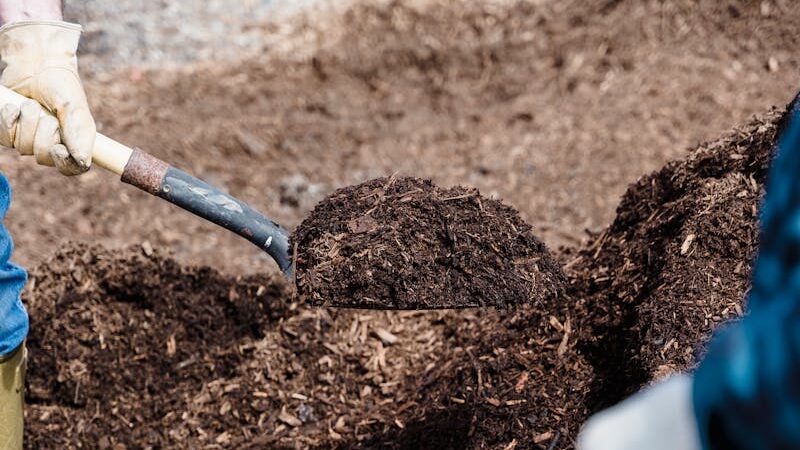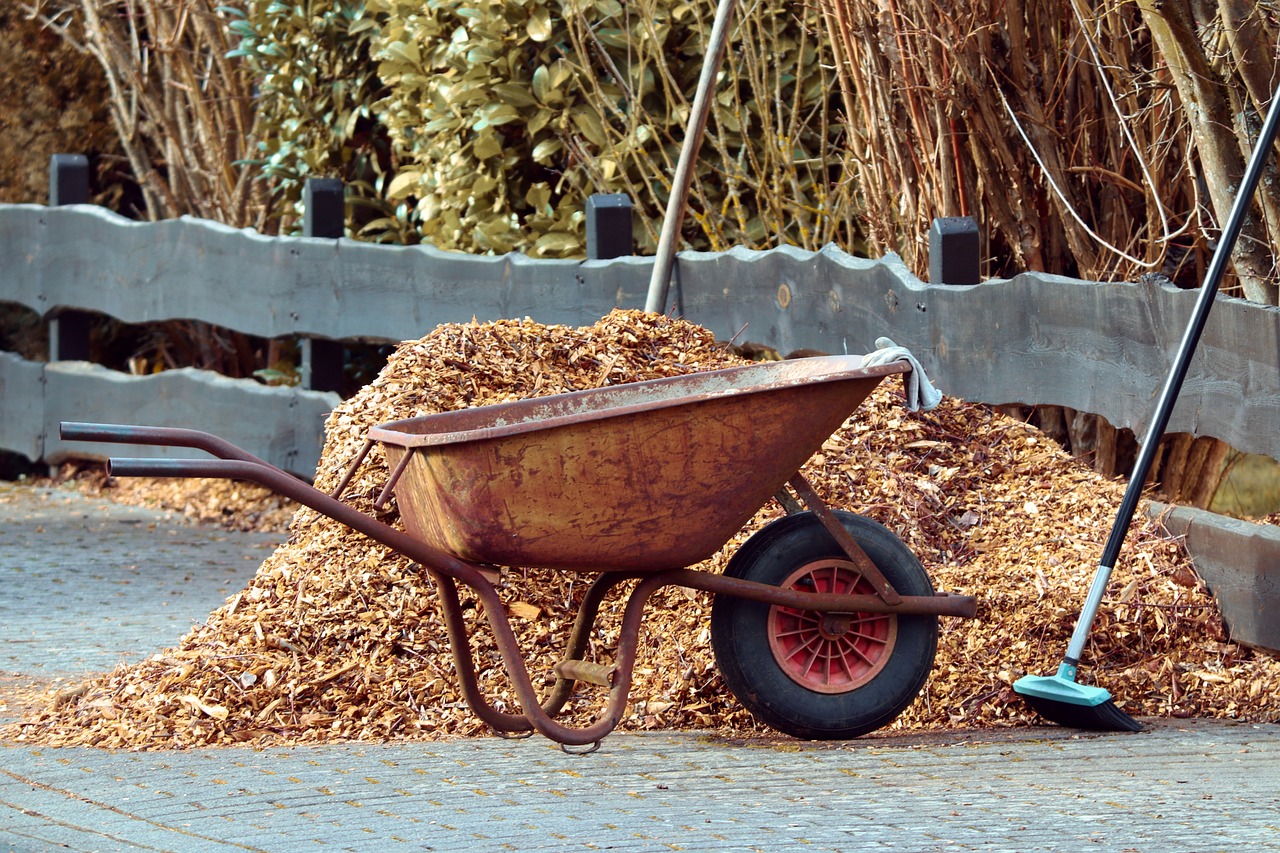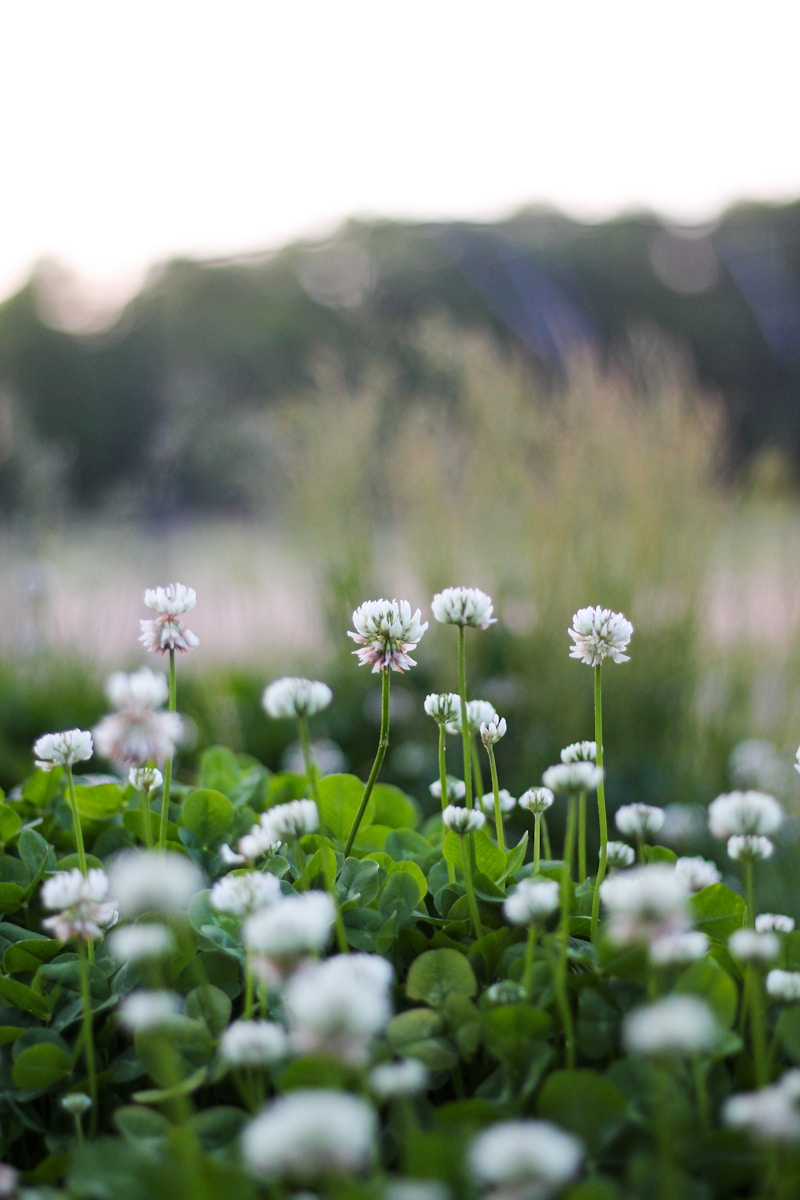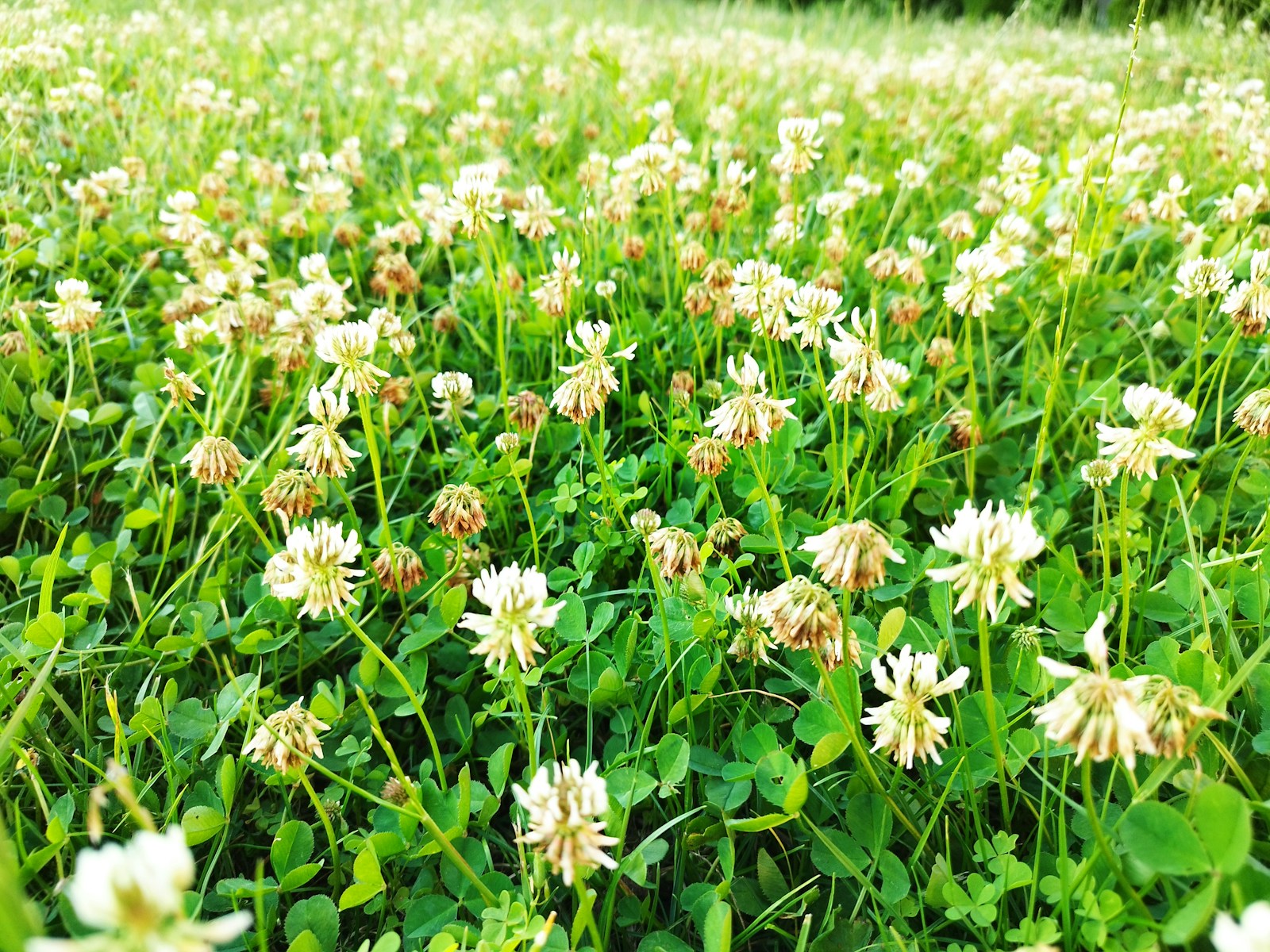Mulching is one of the best ways to protect and nourish your trees and shrubs, but it must be done correctly to avoid harming your plants. In this comprehensive guide, we explore the best mulching techniques for trees to ensure healthy growth and long-term benefits.
Why Mulching Matters for Trees and Shrubs
Mulching provides numerous benefits for trees and shrubs, including:
- Retaining moisture in the soil
- Regulating soil temperature
- Suppressing weeds
- Improving soil structure and fertility
- Protecting roots from mechanical damage
Choosing the Right Mulch
Organic vs. Inorganic Mulch
Organic Mulch:
- Includes wood chips, bark, compost, pine needles, and shredded leaves
- Decomposes over time, enriching the soil
- Helps retain moisture and improves aeration
Inorganic Mulch:
- Includes gravel, rubber, and landscape fabric
- Provides long-lasting coverage but doesn’t enhance soil health
- Effective for weed suppression and erosion control
Best Choice: Organic mulch is recommended for most trees and shrubs due to its soil-enriching properties.
Best Mulching Techniques for Trees
1. Selecting the Proper Mulch Depth
- Apply mulch at a depth of 2 to 4 inches to provide effective moisture retention and weed suppression.
- Avoid excessive thickness, which can suffocate roots and cause rot.
2. Creating a Mulch-Free Zone Around the Trunk
- Keep mulch 3 to 6 inches away from the tree trunk to prevent moisture buildup and rot.
- Avoid “volcano mulching,” where mulch is piled against the trunk, leading to disease and pest issues.
3. Spreading Mulch Evenly
- Spread mulch in a doughnut shape, extending it to the tree’s drip line.
- Ensure an even layer to prevent water runoff and encourage root expansion.
4. Refreshing Mulch Periodically
- Organic mulch decomposes over time and should be replenished annually to maintain effectiveness.
- Remove old mulch before adding a new layer to prevent buildup.

Common Mulching Mistakes to Avoid
- Using Too Much Mulch: Excessive layers can suffocate roots and create anaerobic conditions.
- Choosing the Wrong Type: Using fresh wood chips can deplete nitrogen from the soil.
- Ignoring Proper Spacing: Mulch touching the trunk can encourage pests and disease.
- Not Considering Seasonal Needs: Adjust mulching practices based on seasonal conditions.
Environmental Impact and Sustainability Considerations
- Sustainable Mulch Options: Opt for locally sourced, recycled materials such as composted leaves or bark.
- Environmental Benefits: Proper mulching reduces soil erosion and improves water conservation.
- Reducing Waste: Utilize yard waste such as shredded leaves to minimize landfill contribution.
Step-by-Step Guide to Mulching Trees and Shrubs
- Gather Materials: Choose the appropriate organic mulch, rake, and gloves.
- Clear the Area: Remove weeds and existing mulch buildup.
- Measure the Depth: Apply mulch evenly, maintaining a 2-4 inch depth.
- Keep Away from the Trunk: Leave a gap around the base.
- Monitor and Maintain: Check regularly for moisture levels and signs of pests.
Comparing Mulching to Alternative Methods
| Method | Benefits | Drawbacks |
|---|---|---|
| Organic Mulch | Improves soil, retains moisture | Needs replenishing |
| Inorganic Mulch | Long-lasting, weed control | No soil benefits |
| Landscape Fabric | Weed barrier, reduces erosion | Prevents water penetration |
Real-Life Examples from Homeowners
- Case Study: Tampa, FL: A homeowner used pine bark mulch to successfully improve tree health during drought conditions.
- Case Study: Portland, OR: Compost mulch helped restore depleted soil after urban construction.
Final Thoughts
Proper mulching is a simple yet crucial step in tree and shrub care. By following best mulching techniques, homeowners can enhance tree health, conserve resources, and beautify their landscape.



